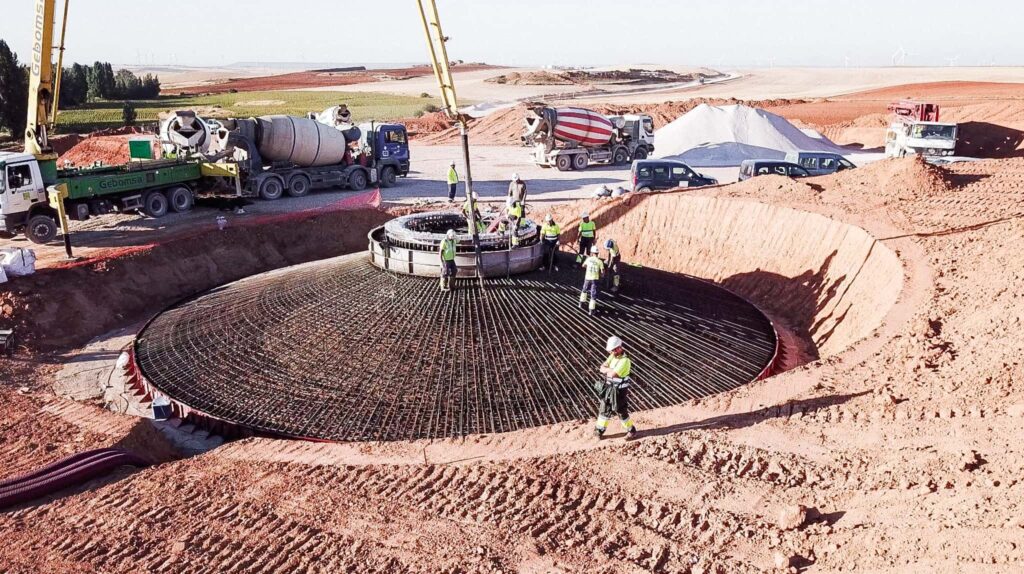
Overcoming Challenges in Industrial IoT Implementation
Industrial Internet of Things (IIoT) has become a transformative force in the manufacturing sector, promising to revolutionize the way businesses operate and deliver value. However, the implementation of IIoT solutions comes with its own set of challenges that must be addressed for successful adoption and integration.
In this article, we will discuss some common challenges faced by organizations when implementing industrial internet of things solutions and provide insights on how to overcome them.
Data Security and Privacy Concerns
One of the primary concerns surrounding IIoT implementation is data security and privacy. With an increasing number of connected devices generating massive amounts of data, protecting sensitive information is crucial. This becomes even more critical in industrial settings where any breach in security can have severe consequences.
To overcome this challenge, organizations must prioritize data security and adopt stringent measures to safeguard their data. This includes implementing robust encryption techniques, strict access controls, and regular vulnerability assessments. Companies should also ensure that their IIoT devices are compliant with industry standards and regulations.
Interoperability Issues
IIoT implementation involves connecting various devices and systems from different manufacturers, leading to interoperability challenges. Different manufacturers use different protocols and communication standards, making it difficult for devices to communicate effectively. As a result, integrating new IIoT solutions with existing infrastructure becomes a complex task.
To address this issue, companies must carefully plan the integration process by considering all the devices and systems involved. It is essential to choose IIoT solutions that offer flexibility in terms of communication protocols and have the capability to integrate with existing infrastructure seamlessly. Additionally, organizations can also opt for standardized protocols like MQTT or OPC UA to ensure smoother integration.
Lack of Skilled Workforce
With the rapid evolution of IIoT technology, there is a growing demand for skilled professionals who possess the necessary knowledge and expertise to handle complex IIoT systems. However, finding such skilled workers can be a challenge for organizations as most traditional industrial roles do not require this level of technical proficiency.
To overcome this hurdle, companies must invest in training their existing workforce or hiring new employees with relevant skills. They can also collaborate with universities and technical institutes to develop specialized IIoT training programs to bridge the skills gap.
Data Privacy and Security Concerns
The increased connectivity of devices in IIoT systems also raises concerns about data privacy and security. With large amounts of sensitive data being generated and shared between devices, there is a higher risk of unauthorized access or cyber attacks.
To mitigate these risks, organizations must implement strict access controls, regular vulnerability assessments, and adhere to industry standards and regulations for data privacy and security. This includes implementing encryption techniques, firewalls, intrusion detection systems, and regularly updating software with the latest security patches.

